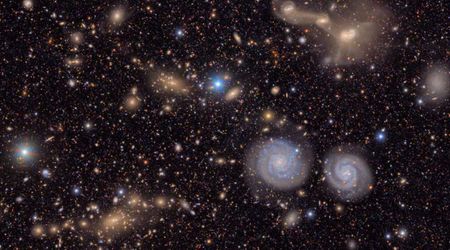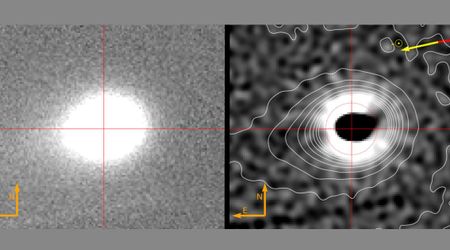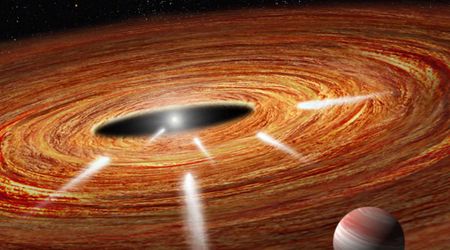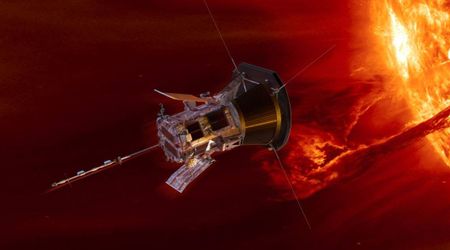Dual solar wind streams from two giant coronal holes could reach Earth on October 3
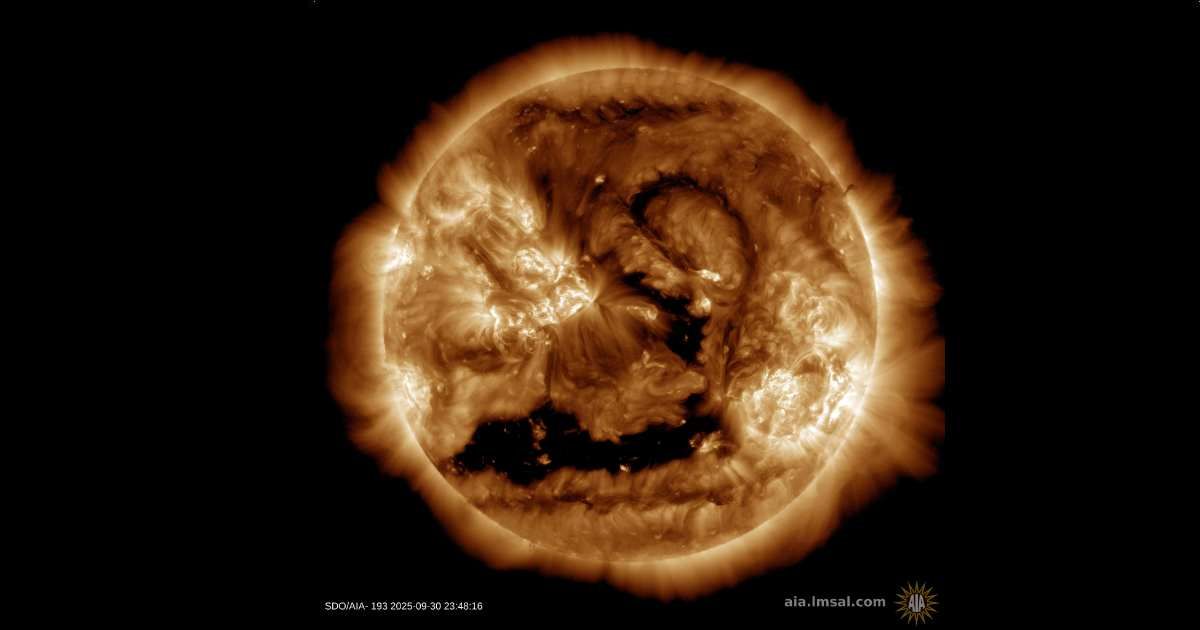
Space weather analysts are tracking a potential double-barreled stream of high-speed solar wind, originating from two colossal holes in the sun's corona, that might impact Earth as early as October 3, as per Space Weather.
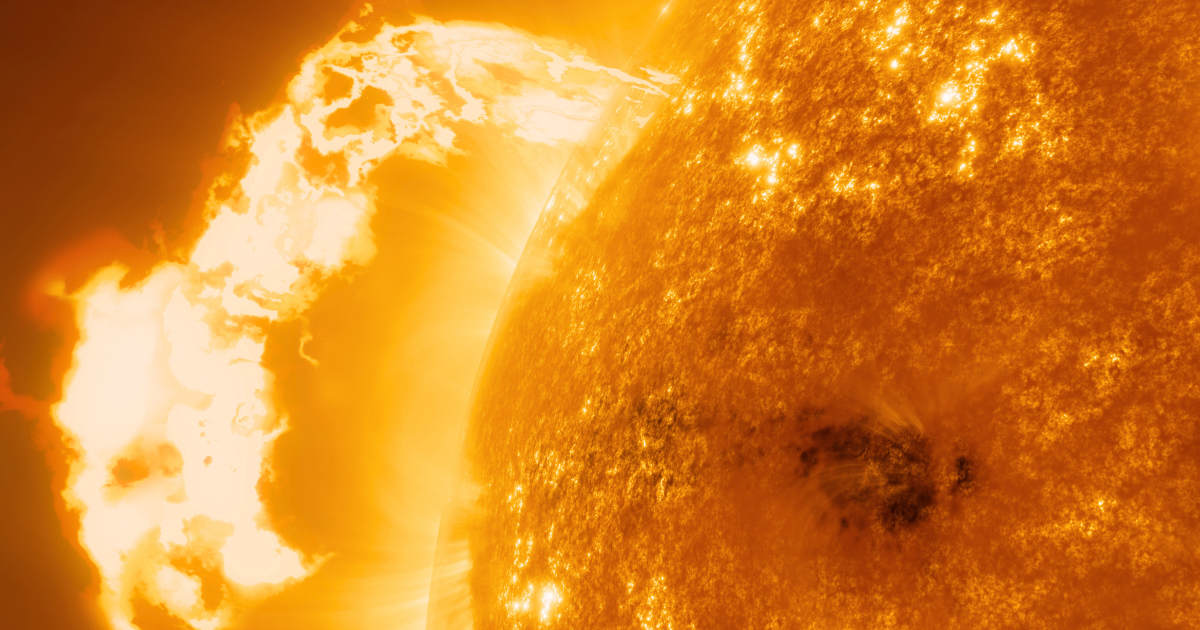
The incoming solar material stems from two coronal holes, which are currently funneling solar wind toward our planet, per data by SDO's Atmospheric Imaging Assembly (AIA) - a coordinated effort led by the Lockheed Martin Solar and Astrophysics Laboratory (LMSAL). These events are known to trigger geomagnetic storms and enhance aurora displays. However, the forecast is complicated by a recent solar eruption. On September 29, the sunspot region AR 4232 (N05E46) unleashed an M3.6-class solar flare followed by a Coronal Mass Ejection (CME). It started at 01:37 UTC and stopped at 01:47 UTC. The peak time was 01:45 UTC.
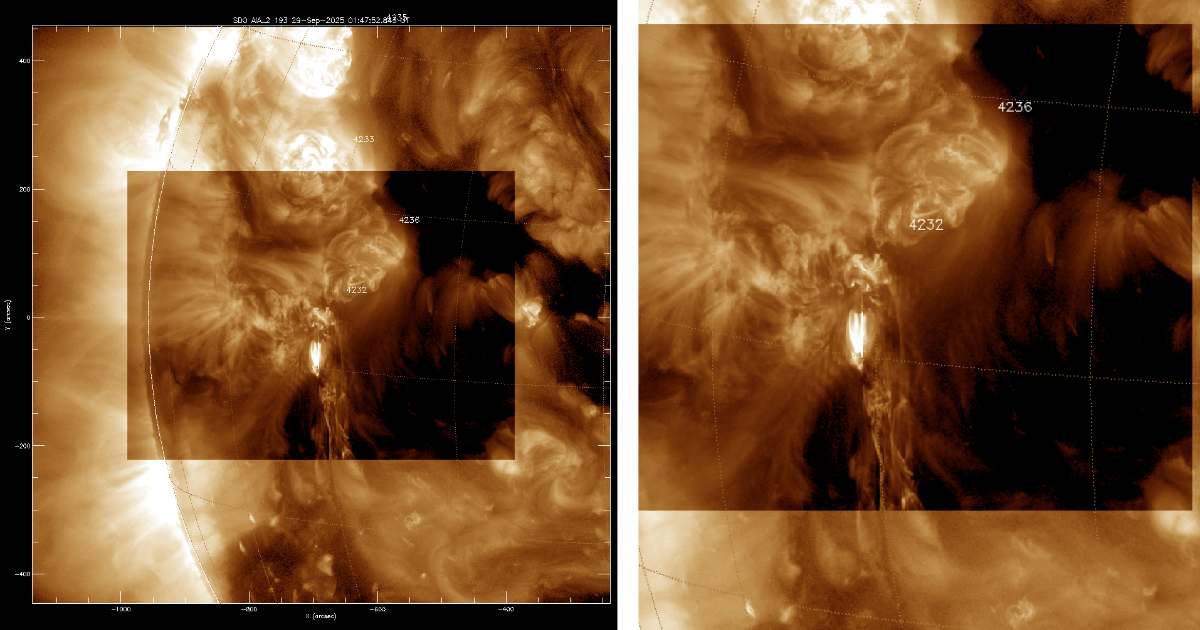
As per space weather enthusiast Christopher Mathews' Facebook post, these coronal holes, designated CH 83 and CH 84, are "spewing high speed solar wind into space in our general direction." He uploaded a clip of the CME moving away from the Sun and added, "Those winds will probably push the bulk of the CME away from us, but some part of it may be swept up in the turbulent regions at the edge of the stream. Our magnetic field should start to feel wind gusts from the two holes by Thursday or Friday."
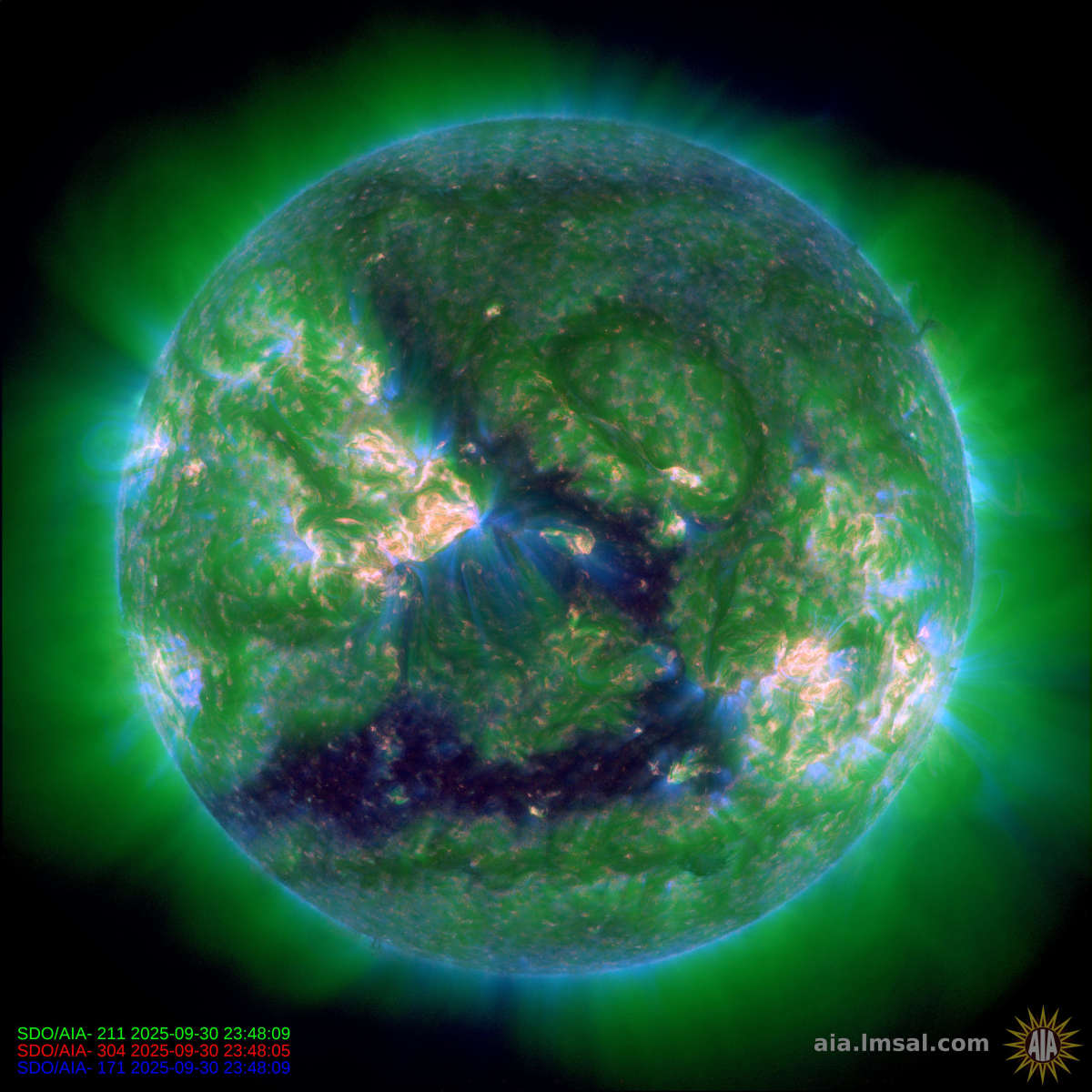
Earth's magnetosphere is anticipated to begin feeling the initial "wind gusts" from the dual coronal holes by October 3, setting the stage for a period of heightened geomagnetic activity. According to CACTUS, data confirms a Coronal Mass Ejection (CME), cataloged as #0034, erupted on September 30 at approximately 09:36 UTC, with a projected median velocity of 427 kilometers per second.
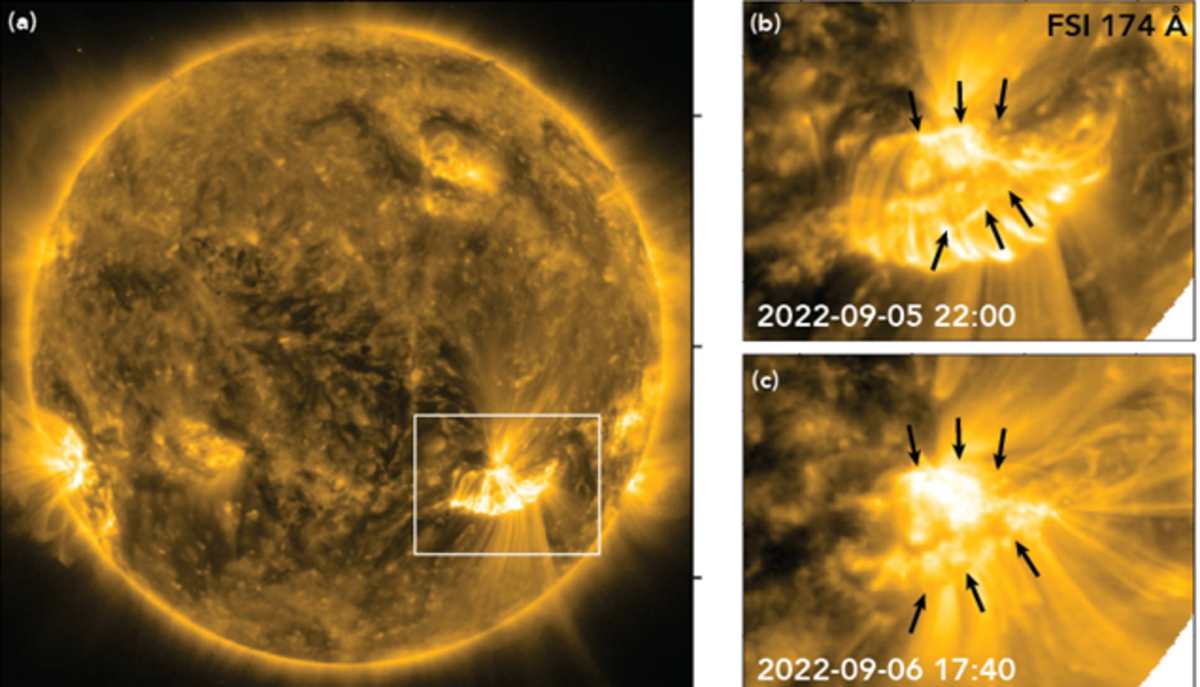
The source of the impending solar wind is the pair of coronal holes, which are visually identifiable as dark, cooler patches on the Sun when viewed in extreme ultraviolet (EUV) or soft X-ray light, per the Space Weather Prediction Center of NOAA. These regions are fundamentally areas where the Sun's magnetic field lines are open and extend directly into space. This unique structure acts like a funnel, allowing solar material to escape far more easily than in surrounding areas. The result is a High-Speed Stream (HSS) of solar wind.
While coronal holes are a perpetual feature, particularly at the Sun's poles, the structures responsible for the current forecast have either developed independently or grown from an existing polar extension. These persistent holes are consistent generators of fast solar wind. As this faster stream rushes through space, it slams into the slower, ambient solar wind ahead of it, creating a compressed region known as a Co-rotating Interaction Region (CIR). Earth is expected to feel the effects of this compressed, turbulent region just before the main HSS arrives.

